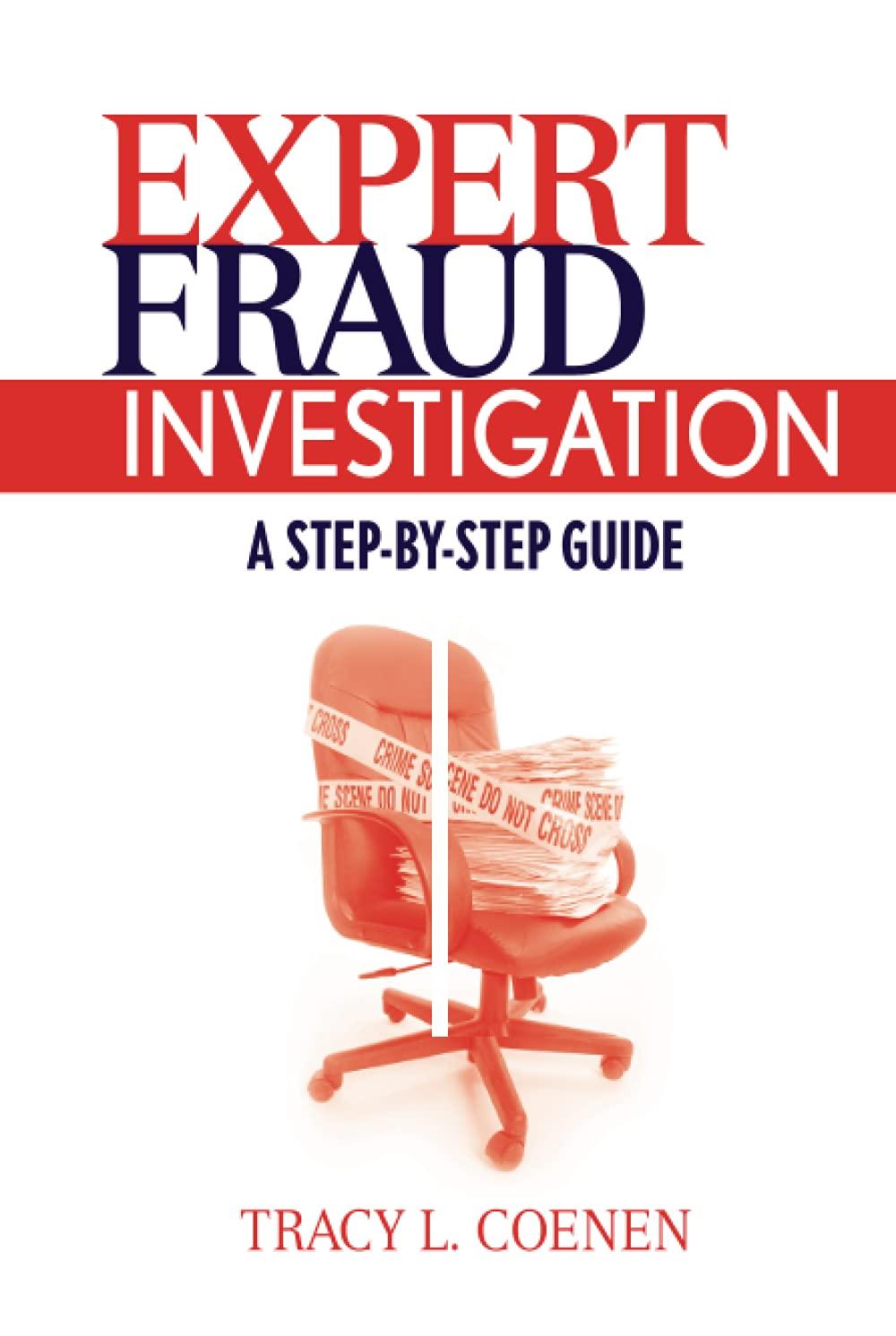Question
A(n)10.0?%,?25-yearbond has a par value of? $1,000and a call price of ?$1,125. ?(Thebond's first call date is in 5? years.)Coupon payments are made semiannually? (souse
A(n)10.0?%,?25-yearbond has a par value of? $1,000and a call price of ?$1,125. ?(Thebond's first call date is in 5? years.)Coupon payments are made semiannually? (souse semiannual compounding where appropriate).
a. Find the current? yield,YTM, and YTC on this? issue,given that it is currently being priced in the market at $1,250. Which of these 3 yields is the? highest?Which is the? lowest?Which yield would you use to value this? bond?Explain.
b.Repeat the 3 calculations? above,given that the bond is being priced at ?$900. Now which yield is the? highest?Which is the? lowest?Which yield would you use to value this? bond?Explain.
A.If the bond is priced at $1250? the current yield is -----------?%.?(Roundto two decimal? places.)
The annual? yield-to-maturitywith semiannual compounding is -------?%.?(Roundto two decimal? places.)
The annual? yield-to-callwith semiannual compounding is ----------?%. (Roundto two decimal? places.)
Which of these 3 yields is the? highest?------------Which is the? lowest? ---------
Which yield would you use to value this? bond? ?(Selectthe best answer? below.)
A. The? yield-to-maturityis always used.
B. The? yield-to-maturitybecause convention is to use the lower of? yield-to-maturityor? yield-to-callfor bonds selling at a discount.
C. The? yield-to-maturitybecause the bonds may not be called.
D. It? doesn'tmatter which yield you use.
B. If the bond is priced at $900?,the current yield is---------------?%.?(Roundto two decimal? places.)
The annual? yield-to-maturitywith semiannual compounding is --------------?%.?(Roundto two decimal? places.)
The annual? yield-to-callwith semiannual compounding is ------------?%.?(Roundto two decimal? places.)
Which of these 3 yields is the? highest?Which is the? lowest????(Selectfrom the? drop-downmenus.)
Current yield
Yield-to-maturity
Yield-to-call
Which yield would you use to value this? bond??
?A. It? doesn'tmatter which yield you use.
B. The? yield-to-maturitybecause the bonds may not be called.
C. The? yield-to-maturitybecause convention is to use the lower of? yield-to-maturityor? yield-to-callfor bonds selling at a discount.
D.The? yield-to-maturityis always used.
Step by Step Solution
There are 3 Steps involved in it
Step: 1

Get Instant Access to Expert-Tailored Solutions
See step-by-step solutions with expert insights and AI powered tools for academic success
Step: 2

Step: 3

Ace Your Homework with AI
Get the answers you need in no time with our AI-driven, step-by-step assistance
Get Started


